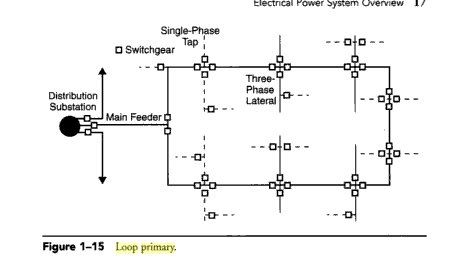This is the recurring nightmare of the multigrounded sytem neutral circuit arrangement used (as far as I know) exclusively in the US, and in particular the problems produced by the bond between the primary and secondary neutrals.
It's shortcomings are well known. On this very site you will find a copy of a document entitled
The Hazardous Multigrounded Neutral Distribution System And Dangerous Stray Currents (PDF) - highly recommended reading.
It is known that this distribution arrangement contributes directly to the stray current problems, swimming pool and marina tingles, gradient steps across RV parks, agricultural problems (particularly with dairy cows) and multitudinous other issues.
And just recently I found
This account of a lineman getting thrown off a pole due to a rogered multigrounded neutral system. Lucky lad, it could have been worse.
I doubt that this All American Beauty will be scrapped in any of our lifetimes, but it's good the issue continues to be aired.
As a postscript, the NEC is also hampered by the same blinkers, as it requires almost without exception that a transformer derived SDS (ie the "isolating" transformer secondary) has it's neutral bonded to the primary neutral, and although there are cases where this is sensible, this inflexible requirement removes the possibility of an isolating transformer as a safety device, as, well, basically, there is no siolation between the source neutral and the secondary neutral, and by extension, from the so-called isolated secondary and the MV distribution neutral conductor.



